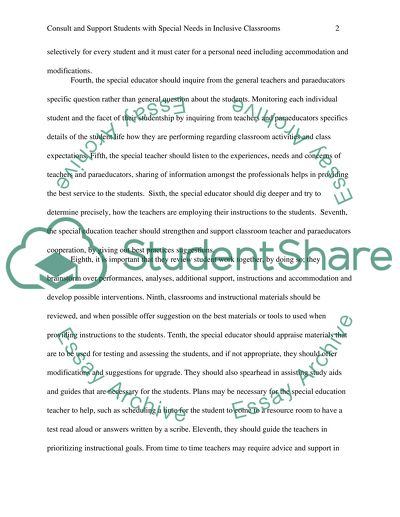Cite this document
(“Collaboration among general education teachers and special education Book Report/Review”, n.d.)
Retrieved from https://studentshare.org/education/1481393-consult-and-support-students-with-special-needs-in-inclusive-classrooms
Retrieved from https://studentshare.org/education/1481393-consult-and-support-students-with-special-needs-in-inclusive-classrooms
(Collaboration Among General Education Teachers and Special Education Book Report/Review)
https://studentshare.org/education/1481393-consult-and-support-students-with-special-needs-in-inclusive-classrooms.
https://studentshare.org/education/1481393-consult-and-support-students-with-special-needs-in-inclusive-classrooms.
“Collaboration Among General Education Teachers and Special Education Book Report/Review”, n.d. https://studentshare.org/education/1481393-consult-and-support-students-with-special-needs-in-inclusive-classrooms.


